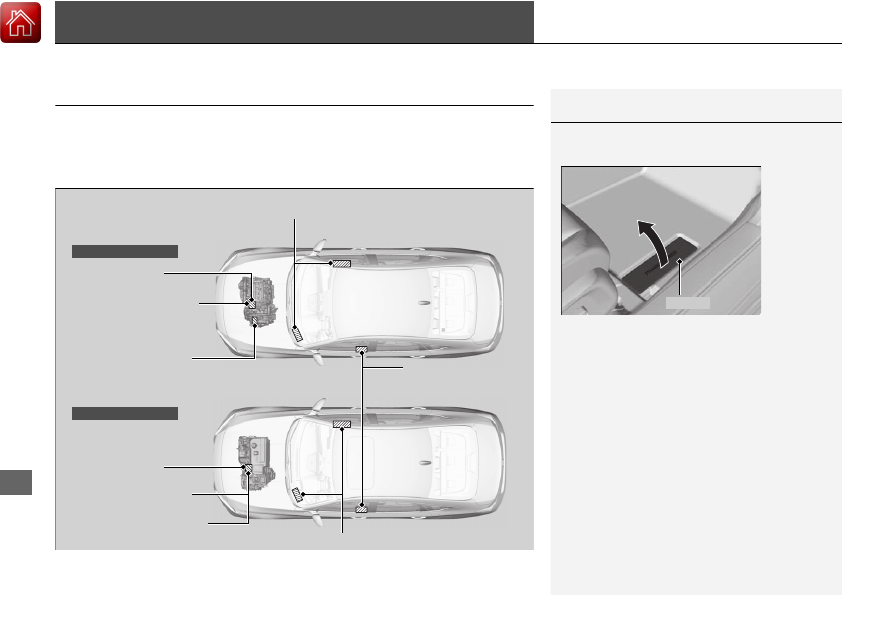Honda Accord (2019 year). Instruction - part 45

704
Info
rm
ation
Identification Numbers
Vehicle Identification Number (VIN), Engine Number,
and Transmission Number
Your vehicle has a 17-digit vehicle identification number (VIN) used to register your
vehicle for warranty purposes, and for licensing and insuring your vehicle.
The locations of your vehicle’s VIN, engine number, and transmission number are
shown as follows.
1
Vehicle Identification Number (VIN), Engine Number, and
Transmission Number
The interior vehicle identification number (VIN) is
located under the cover.
Cover
Vehicle Identification Number
Engine Number
Certification Label/
Vehicle Identification
Number
Manual Transmission
Number
Continuously Variable
Transmission (CVT)
Number
2.0 L engine models
1.5 L engine models
Engine Number
Automatic Transmission
Number
Vehicle Identification Number
Manual Transmission
Number